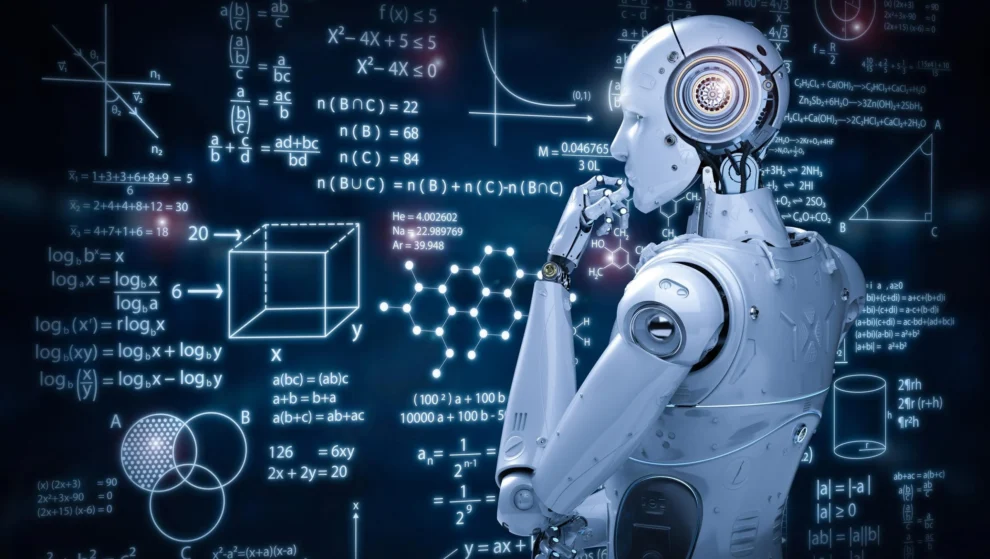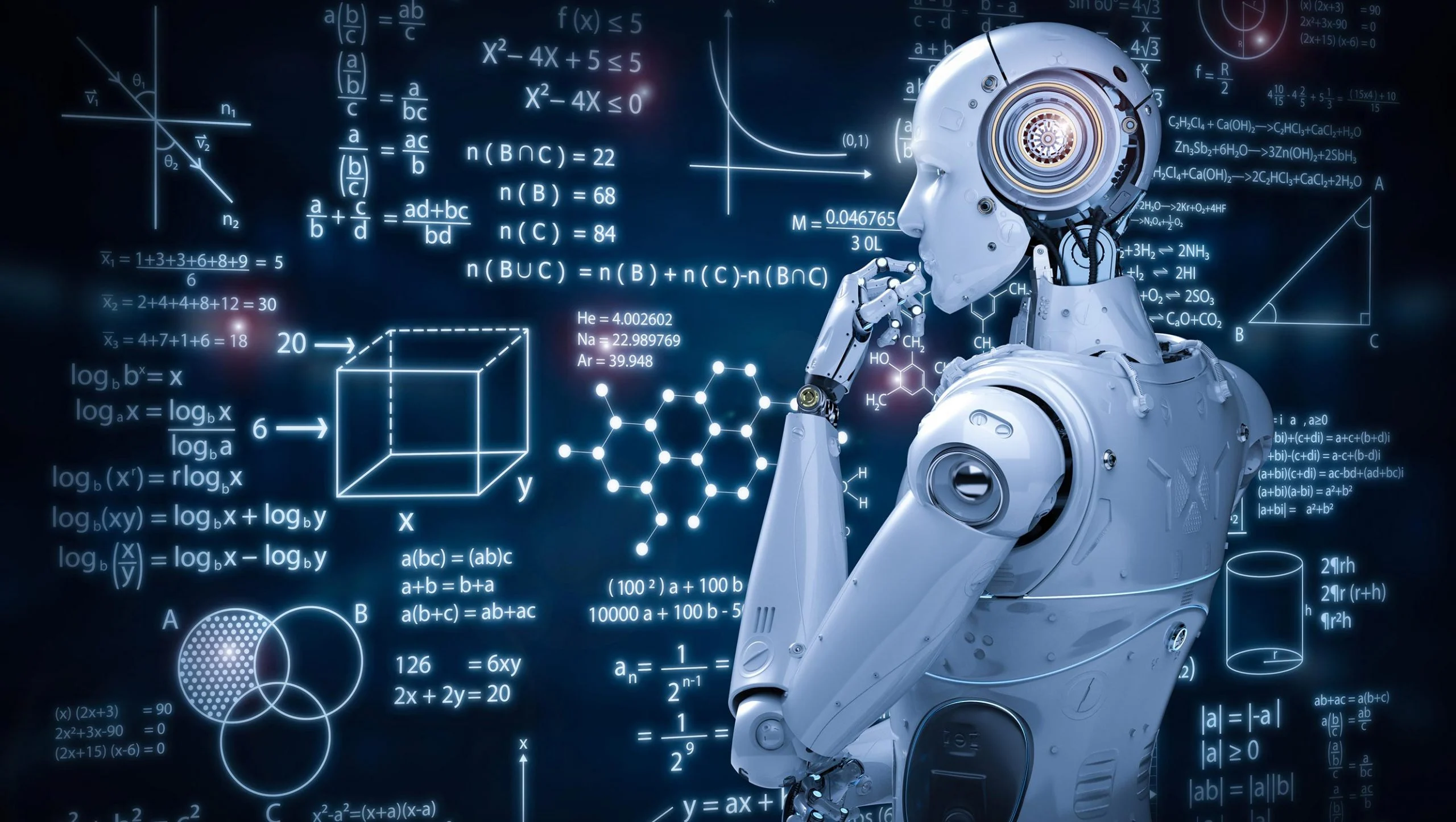The concept of integrating physical intelligence (PI) into robotics represents a transformative step in the evolution of intelligent systems. By incorporating advanced sensory and motor capabilities, researchers are working towards creating robots that can navigate and interact with their environment in unprecedented ways. This development holds the promise of revolutionizing industries, healthcare, and daily life through the creation of lifelike, intelligent robots capable of performing complex tasks with a high degree of autonomy.
Key Highlights:
- Advancements in tactile sensing technologies are enabling robots to better understand and interact with their environments.
- Development of small-scale, mobile robots that utilize principles of physical intelligence to operate autonomously.
- Integration of passive and active smart materials and structures to imbue robots with self-adaptive, self-regulatory, and other autonomous behaviors.
- The creation of multifunctional robot bodies that minimize sensing, actuation, control, and learning complexities.
Understanding Physical Intelligence in Robotics
Physical intelligence in robotics involves the embodiment of sensory processing, motor skills, and environmental interaction capabilities that enable robots to perform tasks autonomously. Unlike traditional robotics, which relies heavily on pre-programmed instructions and direct human control, physically intelligent robots can adapt to their surroundings and make decisions in real-time, based on sensory input and internal processing.
Sensory Upgrades and Tactile Sensing
A significant area of focus in the development of physically intelligent robots is the enhancement of their sensory systems. For instance, tactile sensing technologies allow robots to detect and respond to touch, pressure, and texture, mimicking the human ability to adapt walking gaits on different surfaces. Robots like SAIL-R, equipped with tactile sensors on their legs, demonstrate the potential for machines to navigate and interact with their environment more naturally and effectively.
Small-Scale Robotics and Advanced Physical Intelligence
At the forefront of PI research are initiatives to understand and replicate the physical intelligence observed in biological organisms at micro- and millimeter scales. Projects led by institutions like the Max Planck Institute for Intelligent Systems aim to develop small-scale mobile robots that can perform tasks autonomously, utilizing minimal computational intelligence. These robots are designed to interact with their environment effectively, utilizing energy and stimuli from their surroundings to operate and fulfill their objectives.
Incorporating Smart Materials and Structures
The integration of smart materials and structures is a cornerstone of physical intelligence in robotics. These materials can respond dynamically to environmental stimuli, enabling robots to self-adapt, self-heal, and perform complex tasks without constant human intervention. Innovations in materials science are leading to the development of robots with enhanced capabilities, such as gecko-inspired adhesives for climbing or liquid crystal elastomers for actuation, pushing the boundaries of what autonomous machines can achieve.
The Future of Physically Intelligent Robotics
As research and development in physical intelligence progress, the potential applications for such technologies continue to expand. From healthcare and disaster recovery to space exploration and daily assistance, physically intelligent robots could play a pivotal role in addressing complex challenges across various domains. The fusion of sensory upgrades, smart materials, and autonomous decision-making capabilities marks a significant leap towards creating robots that are not only intelligent but also capable of understanding and interacting with the physical world in a lifelike manner.
The development of physical intelligence in robotics is ushering in a new era of technology where robots are not just tools but partners capable of understanding and navigating the world alongside humans. The blend of tactile sensing, smart materials, and autonomous operation highlights a future where robots could seamlessly integrate into various aspects of life, providing assistance, enhancing efficiency, and opening new possibilities for innovation and exploration.



















